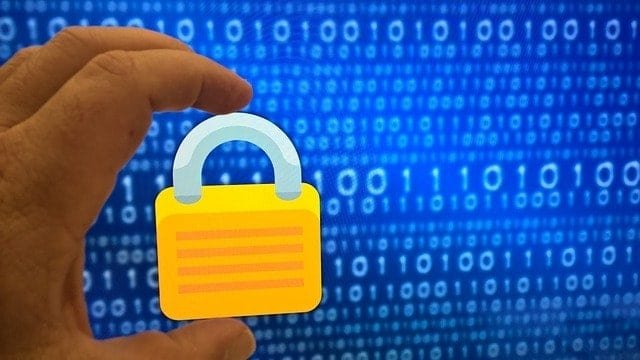In the basic terms, a keylogger is special software that can record keystrokes on computers. This function is added to most of the keyboards, and it generally looks harmless. But once it is in the hands of hackers, it may work like a potential tool to steal essential information.
You might be interested to know how keylogger works and how it can pose a threat to the cyberspace. The article also includes details about how to protect yourself from being a keylogger victim.
Keyloggers as a major security threat
Keyloggers pose serious problems to the users and the sensitive data stored in their system. They may use keystrokes to track some usernames and passwords that are typed by pressing keys on the keyboard. Hence, attackers can gain easy access to account numbers, PIN codes, email IDs, passwords to online shopping, and other credentials.
Once hackers are able to gain access to the personal and sensitive information of users, they can use those details to execute money transactions. Keyloggers can pose major threats to the state-owned companies and reputed businesses as well.
The prime motive of the keyloggers is to interfere with the events that are controlled by key pressing, and the result of every keystroke is displayed on the screen. The keylogger may work by introducing some hardware bug or wiring in the keyboard. It may achieve some video surveillance or terminate I/O operations. Sometimes, such activities are also controlled using a filter driver within the keyboard stack. Keyloggers may also bring other harmful malware and viruses with them.

How keyloggers are installed?
- A keylogger may get installed when the user clicks on a malicious attachment or link.
- Keyloggers get installed via some webpage scripts on suspicious platforms.
- The keylogger can be installed if the user opens some untrusted file attachment in the email.
- A keylogger may be automatically launched to the system when users explore some infected site.
How to stay safe from keylogger attacks?
Below we have highlighted a few prevention methods to stay safe from keylogger attacks:
Take cautions in opening documents
When you receive emails or messages from some intrusted sources, never ever open links or attachments added to them. Keyloggers can be received through P2P networks, chats, and emails as well. Hence, one needs to be careful while opening random links; especially those who ask your personal credentials.
Allow two-factor authentications
Experts advise applying two-factor authentication on various accounts, including emails, or financial accounts. The best idea is to apply one-time passwords that can provide enhanced protection to your sensitive data.
Use virtual keyboards
Virtual keyboards play an essential role in preventing personal data interception. These software cannot be affected by keyloggers as they do not need any physical key pressing activity.
Comprehensive security approach
The best idea is to install antivirus on your system that can prevent malware attacks. The latest technologies, such as artificial intelligence can also help you stay protected from suspicious activities.Stay aware and vigilant about all activities happening on your network; take prompt actions to stop deadly keylogger activities.

